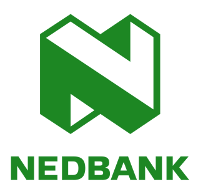Spring Framework Training for All Levels
Welcome to our comprehensive Spring Framework training site, where we offer a range of courses designed to cater to all levels of experience. Whether you're new to Spring Framework and want to grasp the essentials, or you're looking to dive deep into Spring Boot and advanced development techniques, we have the right course for you. Our offerings include self-paced learning, mentored training, and instructor-led remote sessions to ensure flexibility and support tailored to your learning preferences. Our expert instructors and mentors are dedicated to providing you with the skills needed to excel in the world of Java development.
Affordable Training
We offer self-paced, mentored or
Instructor-led, remote or in-person courses
Allow our experts to guide you in mastering Spring.
Why Spring Framework is Essential
Spring Framework has become one of the most popular platforms for Java development due to its comprehensive ecosystem, which simplifies enterprise application development. Its modular architecture and extensive range of features, from dependency injection to aspect-oriented programming, make it an indispensable tool for developers. Spring Boot further enhances productivity by providing convention-over-configuration solutions and pre-built templates, enabling rapid application development. By mastering Spring, developers can build robust, scalable, and maintainable applications, ensuring their skills remain relevant in a competitive job market.






